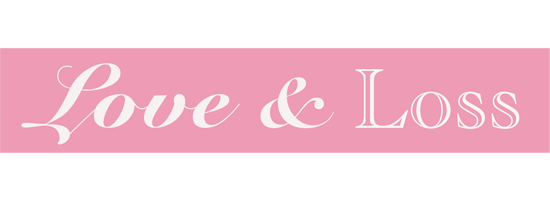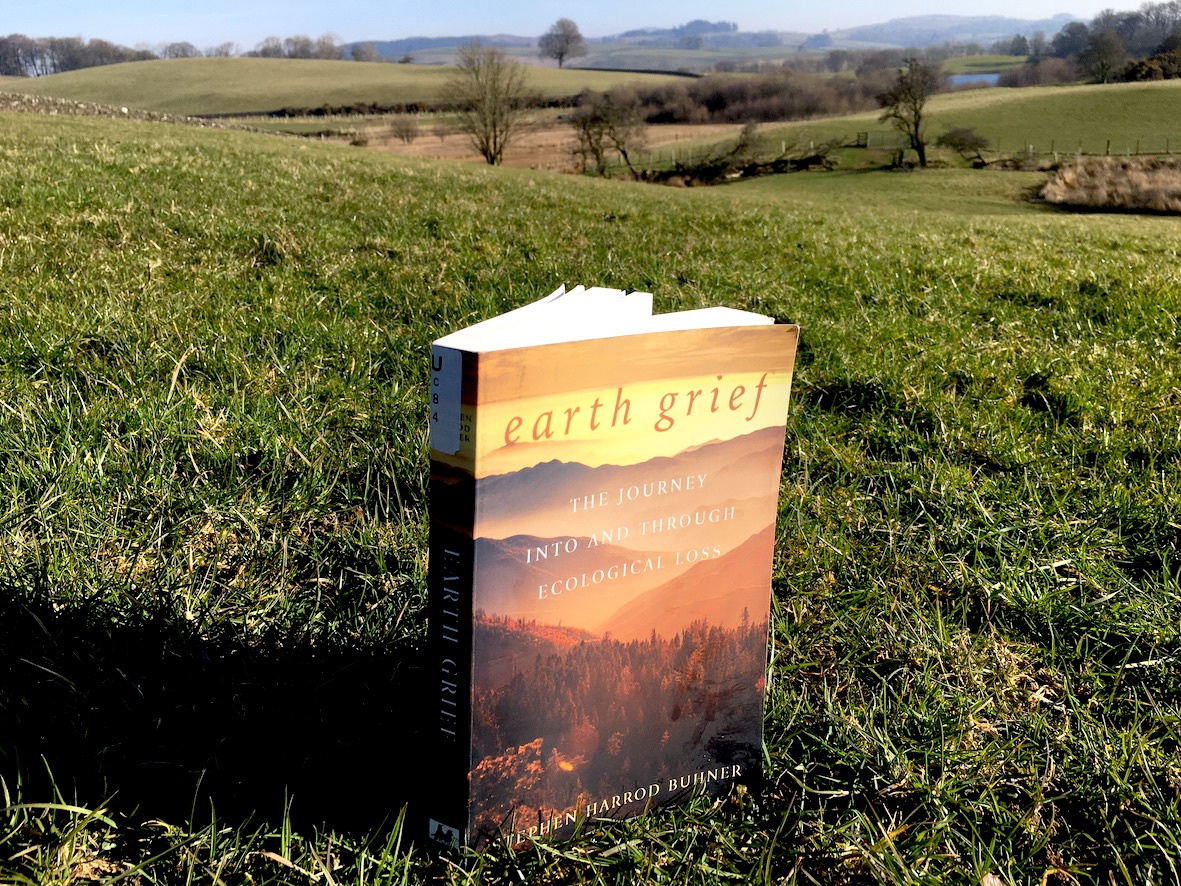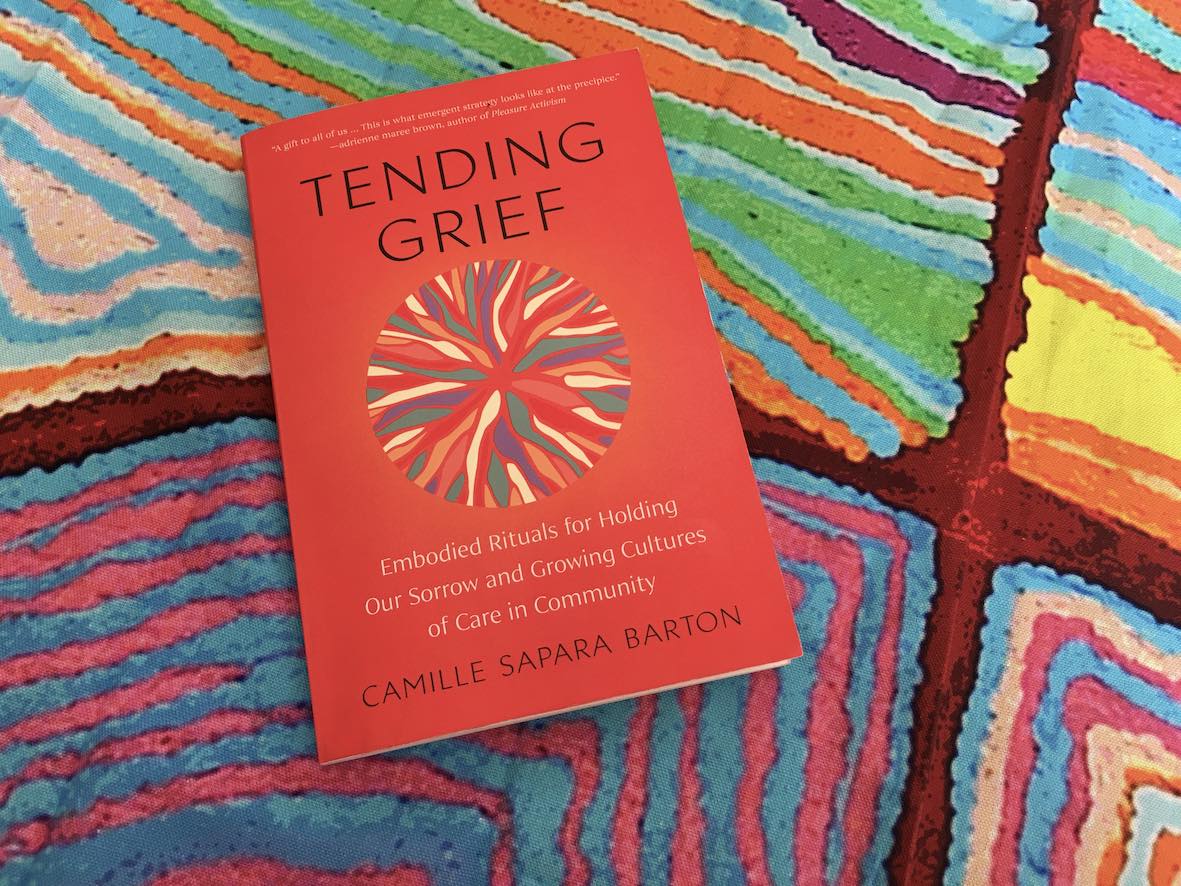28 Aug In the Absence of the Ordinary
‘In the Absence of the Ordinary: Soul Work for Times of Uncertainty’ is a collection of essays by Francis Weller. Each essay takes a different theme, to wind a path forward through ‘the Long Dark’, as he calls these times. His words taste like dark chocolate – a bitter sweet medicine for the times of uncertainty which we are living in.
In acknowledging the disturbing nature of life amongst wars, genocide, changing weather patterns, and loss of species to name a few, Francis Weller encourages us to turn towards grief and fear with self-compassion. “Ritual, prayer, meditation and creativity are ways to foster an intimacy with the world of soul and soul of the world.”
Understanding the disturbance to the psyche of collective trauma and the prevalence of personal traumas, he reframes these experiences as ‘rough initiations.’ Through finding ways to hold trauma in community and with ritual, and opening to the sacred brings transformation that is not just personal, but for our collective wellbeing.
In his book ‘In the Absence of the Ordinary’, Frances Weller encourages us to reconnect with our indigenous soul – to do our inner work for the benefit and with the support of our village. Tending our hearts is necessary work for our communities, and we need a village to hold us to do this work.
“The weight of grief and suffering that we are facing is more than we can hold in isolation.”
He reminds me of the profound change that comes with appreciation of beauty. To find our way back to what is sacred through bringing presence to a reciprocal engagement with nature. My relationship with particular crows is both meaningful and subversive. Francis Weller inspires me to feel that my small acts of connection with nature in a world that is fuelled by consumption, privatisation and individualism are worthwhile.
I continue to trust my deep instincts that feel the desecration of my environment and offer ways for people to come together to grieve. In a world where burnout is prevalent, he urges us to rest.
“To stop, rest, and disengage from the mania of productivity, achievement, and speed”.
The temptation “to forget and go numb” is huge, but Francis Weller’s words inspire with ways to stay awake, to shed, to grow and to approach our own regeneration so that we might become imperfect, kind elders. Calling us eloquently into relationship with all life, Francis Weller invites us to offer thanks, to slow down for our survival. His message is ultimately hopeful.
For more about Francis Weller’s ‘Wild Edge of Sorrow’ see my article ‘Francis Weller’s Gates of Grief and Me’, and in ‘Best Grief Books’ article.
Sarah Pletts is a Grief Tender and Artist who offers workshops in London and online, sharing rituals where grief on all themes is welcome. For more information about Grief Tending see the Embracing Grief website.












